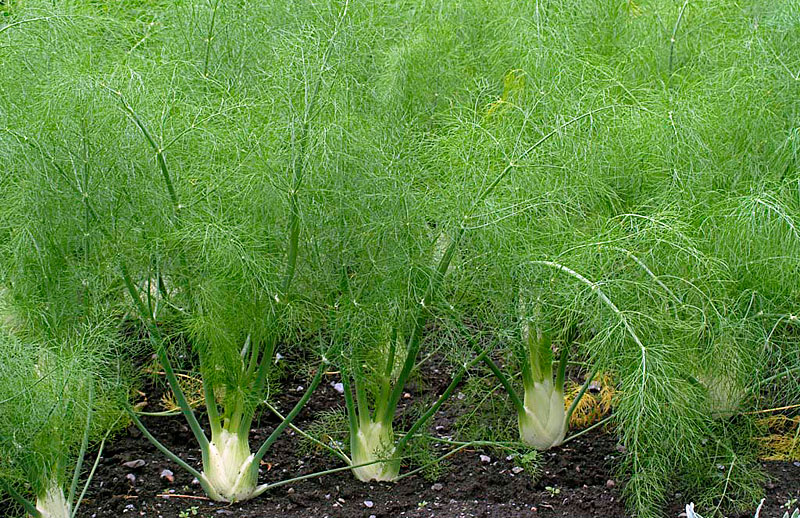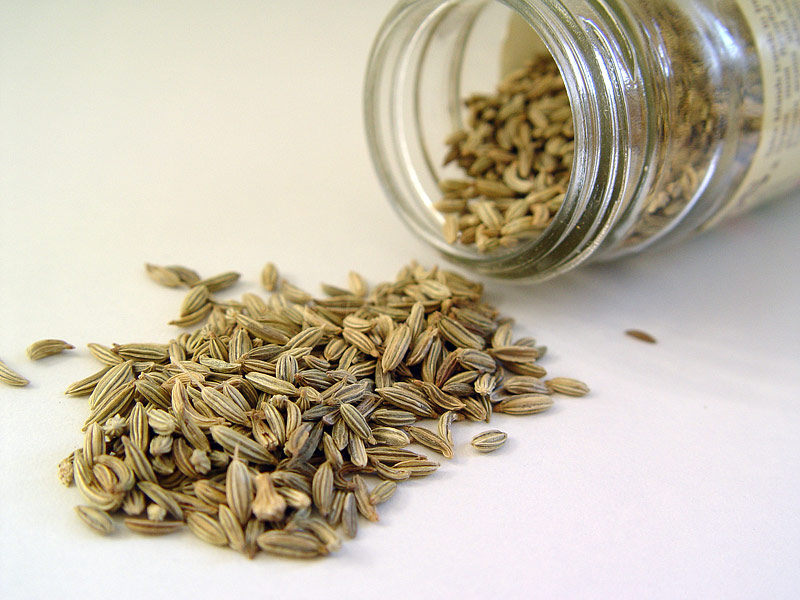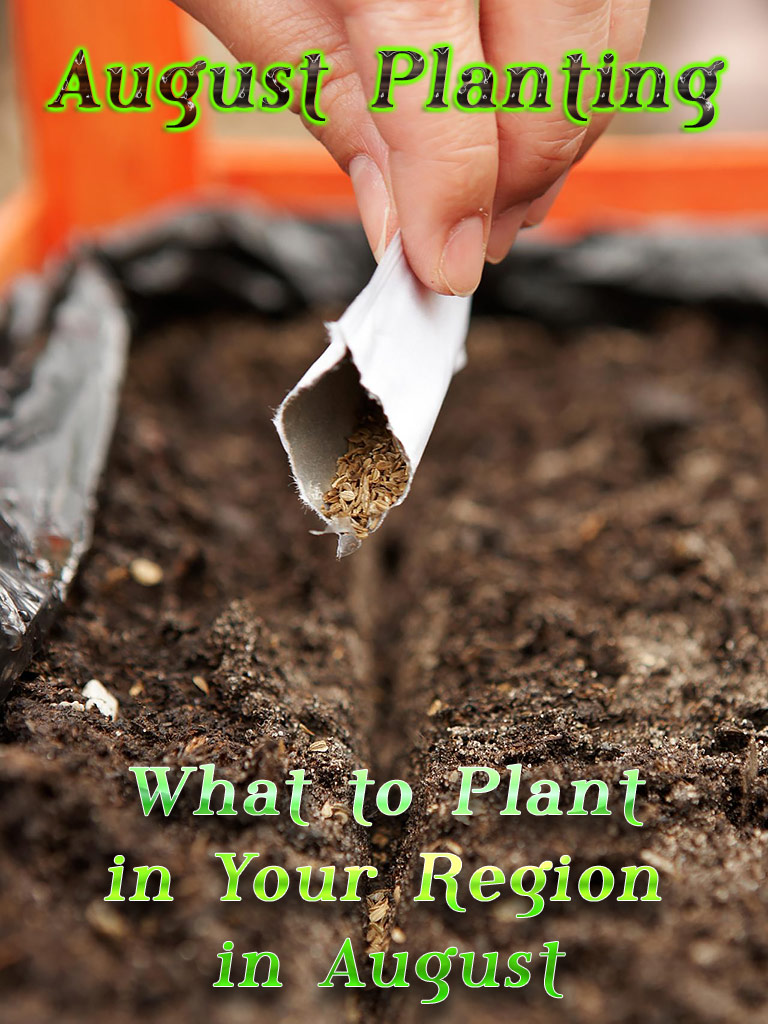
Fennel is native to the Mediterranean region, but is now cultivated worldwide. It is an aromatic perennial that grows to about five feet in height, having dark green, feathery leaves, umbels of yellow flowers, and small, ridged, oval-shaped seeds, which are gathered in the autumn. The tall stalk looks like celery and is often consumed as vegetables, while the leaves and seeds are used to flavor foods.
Although the taste and aroma of fennel are sometimes mistaken for anise or licorice, the plant is actually related to caraway.
Fennel is one of the oldest cultivated plants and much valued by the Romans. Warriors took it to keep good health, while their ladies took it to stave off obesity. The Romans also believed that serpents sucked the juice of the plant to improve their eyesight prompting Pliny to recommend the herb for”dimness of human vision” It was one of the nine sacred herbs of the Anglo-Saxons.
Quick Facts
Seeds
- Start: Direct
- Germination: 12-18 days, 50-70f
- Seed Life: 2 Years
Planting
- Soil: Well Drained
- Sunlight: Full Sun
- Seeds: 10″- 12″ Appart
- Seedlings: 10″- 12″ Appart
- Days to Harvest: 100 Days
Fennel Growing Guide
Locate a garden area with full sun exposure and good draining soil after your zone’s last frost. Rich deep soil produces tender foliage. Add a general-purpose fertilizer or mulch if needed to enrich the soil.

Sow seeds 12 inches apart and cover with quarter inch of soil. For row planting space the rows 3 feet apart. Water soil with a light spray nozzle setting until shoots appear, usually between 1 and 2 weeks, afterwards water once or twice weekly as needed. Stake the fennel plants in windy locations when 18 inches tall, some plants reach 3 to 4 feet high. Mulch 4 inches over the plant for winter protection with evergreen boughs, tree leaves or straw.
Maintaining
Fennel generally takes about 100 days to reach maturity. Fennel is self seeding, but you can begin your plot by buying seed or small cultivars at just about any nursery.
Fennel does not require rich loam to grow properly. The only stipulation it requires is that it be planted in well drained soil. Planting fennel in rich, well fertilized soil is not recommended, because the plant will lose a lot of its aromatic oils and taste if well fed. Be careful to plant fennel away from other plants in the garden, because it will cross-pollinate, and the results of this is disappointing. Grow instead in pots away from the garden plot, or at the very least at the back of the garden. Be aware that fennel grows a very long taproot.
Harvesting
If growing for seed, fennel will mature about late August. Watch the seeds closely to ensure they turn brown but don’t start popping off the umbrel. A good method to use when harvesting is to wrap cheesecloth around the umbrel and then cut the stalk.
Saving Seeds

Hang to dry, and when thoroughly dry, thresh out the seeds by slapping the stalk on a hard surface. Be absolutely sure that the seeds are completely dry before storing in an airtight container.




Leave a Reply